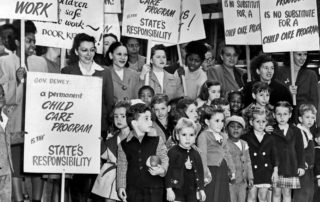Economic, Security, Mobility and Equity
On the Books, Off the Record: Examining the Effectiveness of Pay Secrecy Laws in the U.S.
The Equal Pay Act, passed over a half century ago, prohibits sex-based wage discrimination (U.S. Equal Employment Opportunity Commission 2020). But the gender pay gap remains substantial: full-time, year-round women workers earn 18 percent less than their male counterparts (Hegewisch and Mariano 2020). A lack of knowledge about who makes what within organizations contributes to this continuing disparity.










